13 Stories That Prove Kindness Is the Quiet Superpower We All Share

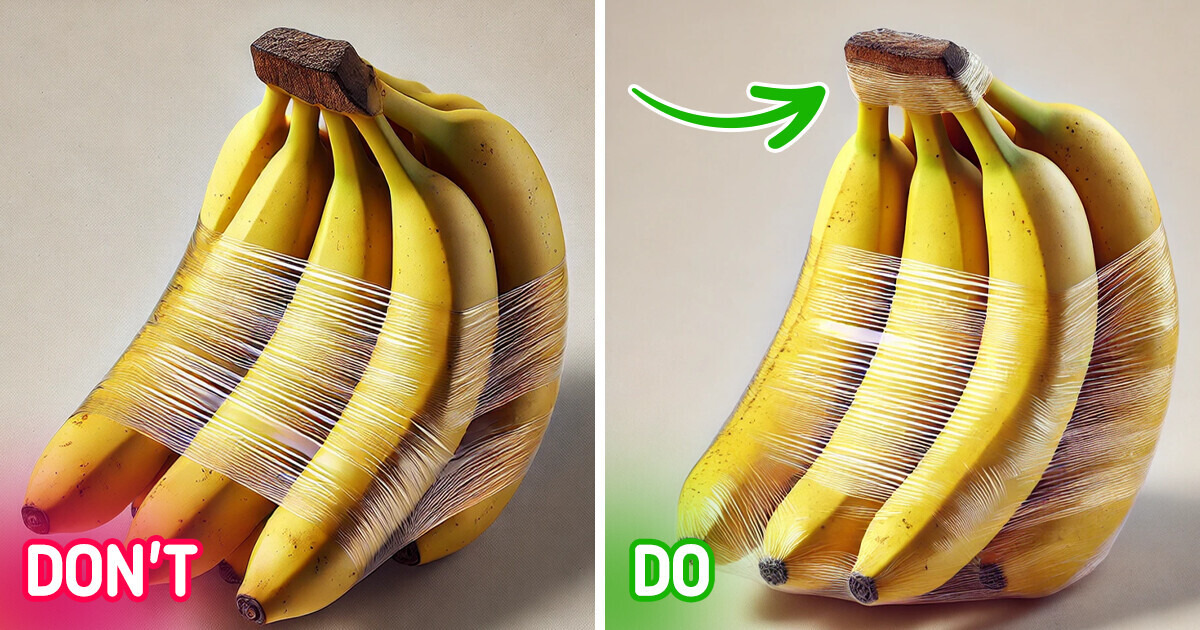
Whether you’re a beginner or a seasoned chef, having a few clever kitchen hacks can make cooking easier and more enjoyable. Here you'll discover simple tips and tricks to streamline meal prep, enhance your recipes, and optimize your kitchen workflow.
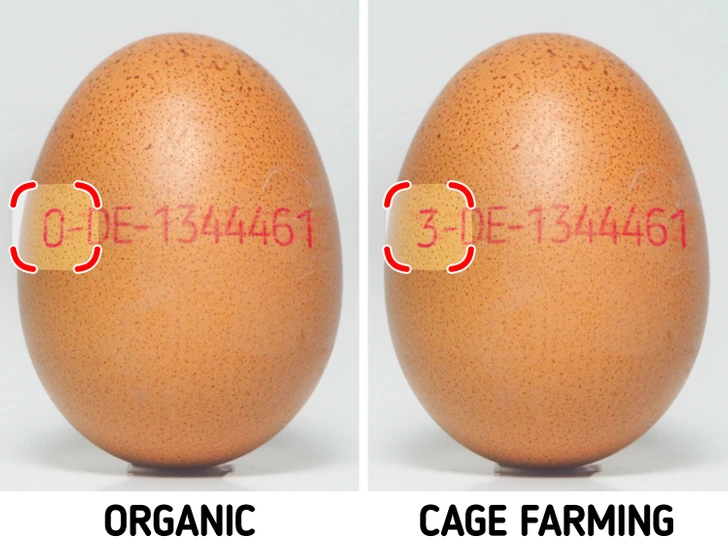
While eggs are a staple in many of our daily meals, the numbers printed on their packaging often go unnoticed and misunderstood. However, these numerical codes provide valuable information about the eggs you purchase. In numerous countries, the labeling system includes:
Production Method Code: A single digit ranging from 0 to 3 that specifies how the hens were raised:
Country Code: A two-letter abbreviation representing the country where the eggs were produced.
Registration Number: A unique identifier for the facility where the hens are housed and eggs are laid.
Understanding these codes can help you make more informed choices about the eggs you buy, ensuring they meet your preferences for animal welfare and production standards.
Different varieties of tea require specific brewing temperatures and steeping times to bring out their best flavors and aromas.
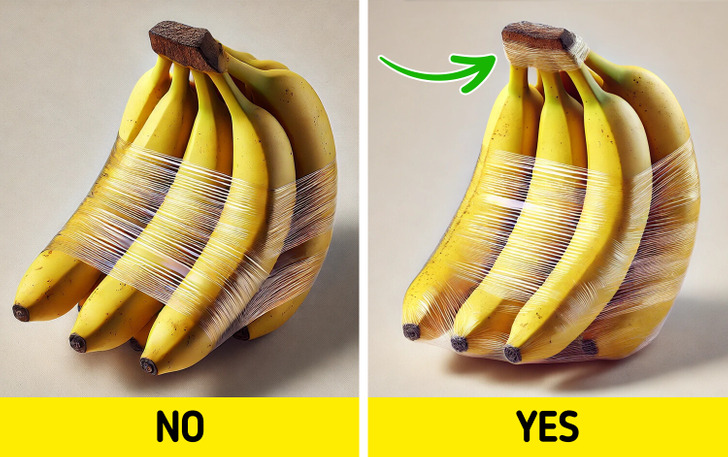
To prevent bananas from browning too quickly, cover each banana's stem ends with plastic wrap or aluminum foil. Bananas emit large quantities of ethylene gas, a natural compound that speeds up the browning process. By sealing the stem ends, you can significantly reduce the release of ethylene gas.
Additionally, separate the bananas from the bunch before storing them. This further minimizes the concentration of ethylene around each banana, helping to maintain their freshness and extend their shelf life.
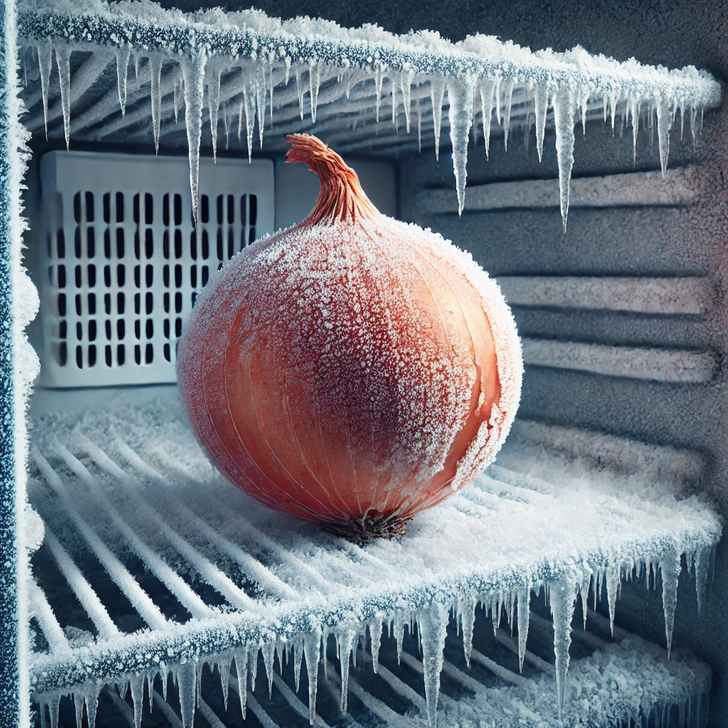
Freezing onions effectively slows down the release of the volatile compounds responsible for causing tears when you chop them. These semi-toxic chemicals, primarily sulfur-containing compounds, are released into the air when the onion's cells are broken during cutting.
By placing onions in the freezer before chopping, the low temperatures inhibit the enzymes that produce these irritating substances, resulting in a reduced likelihood of your eyes watering. This simple freezing step can make the process of preparing onions more comfortable and less tear-inducing, enhancing your overall cooking experience.
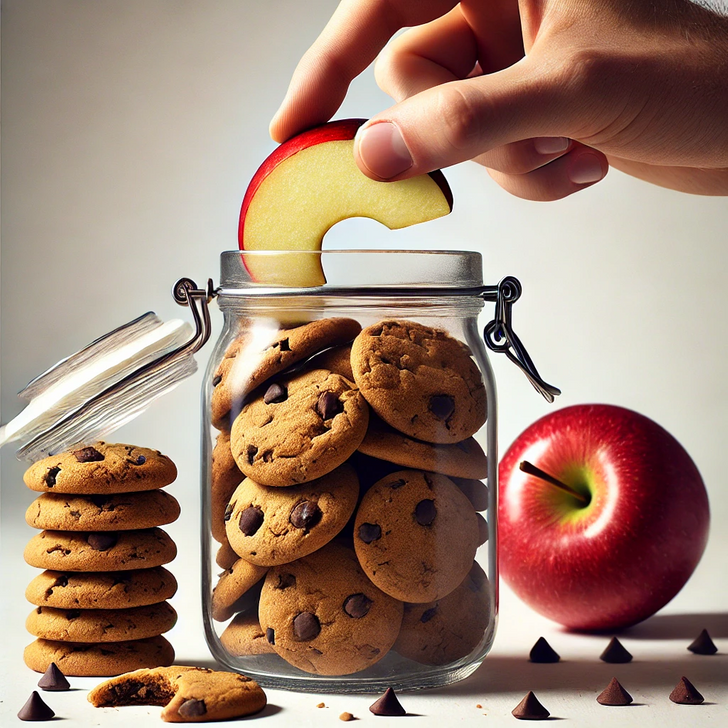
To keep your cookies fresh and prevent them from becoming stale, consider adding a slice of apple or bread to the container. If space is limited, you can use slices of flour tortilla instead of bread, placing them between each cookie layer.
Once stacked, tightly wrap your cookies in plastic wrap and store them in a bag or airtight container. To further preserve their freshness, fill any remaining gaps with bubble wrap to reduce airflow and maintain the ideal storage environment.
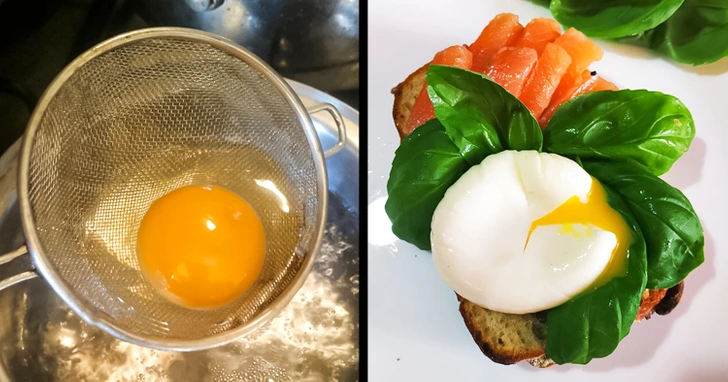
To poach eggs easily, strain each egg to remove excess liquid, then gently add it to boiling, acidified water. Both white and green parts of leeks are edible; the green works well in scrambled eggs, casseroles, pies, salads, and can replace green onions.
To regrow leeks, place the root ends in water on a sunny windowsill—this also works for green onions, celery, and salad leaves. For attractive dish presentation, use wide, solid-colored plates and arrange food neatly in the center, adding one or two bright elements on top without overcrowding.
It's easy to turn regular yogurt into Greek yogurt and whey without special equipment. Simply strain the yogurt using a kitchen strainer and bowl, then refrigerate overnight.
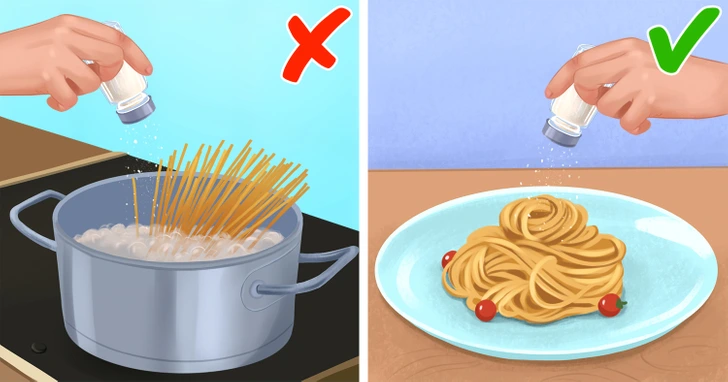
Keep salt usage minimal to accommodate those on low-salt diets, including children and individuals with health issues. Instead of placing a salt shaker on the table, add salt to dishes after cooking. This prevents salt from precipitating during boiling and ensures better flavor.
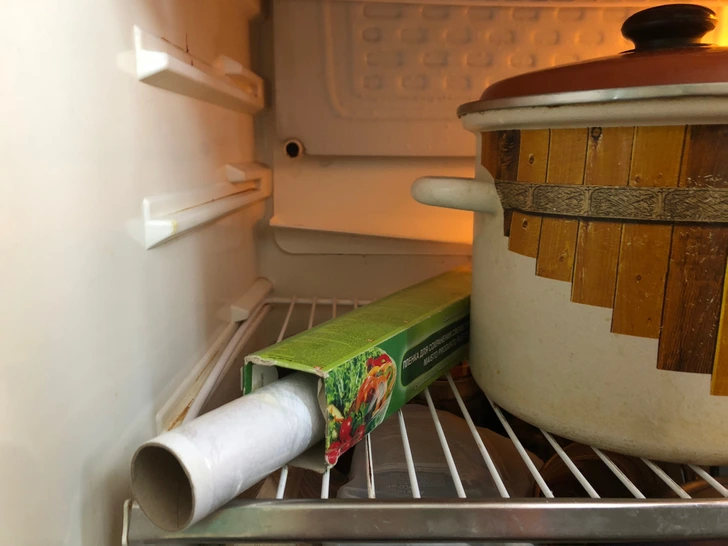
When wrapping food with plastic film, it often curls and sticks. To make the wrap more manageable, store it in the fridge. Chilled plastic wrap becomes less prone to curling and adheres better, making it easier to use.
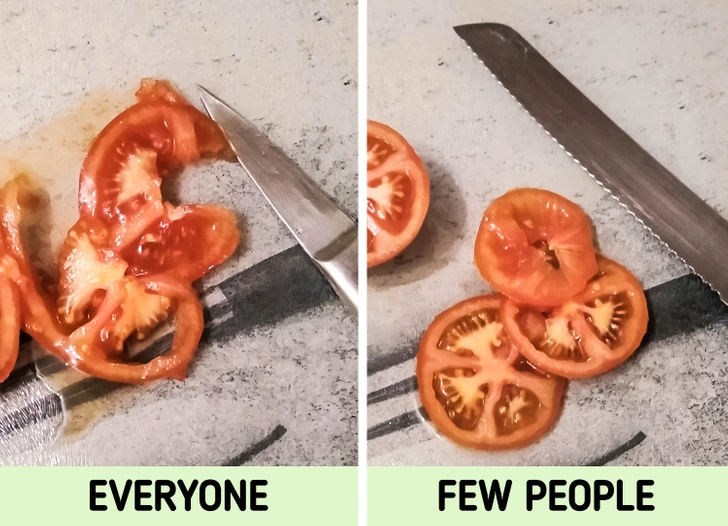
Using a bread knife slices tomatoes thinly and prevents juice spills.
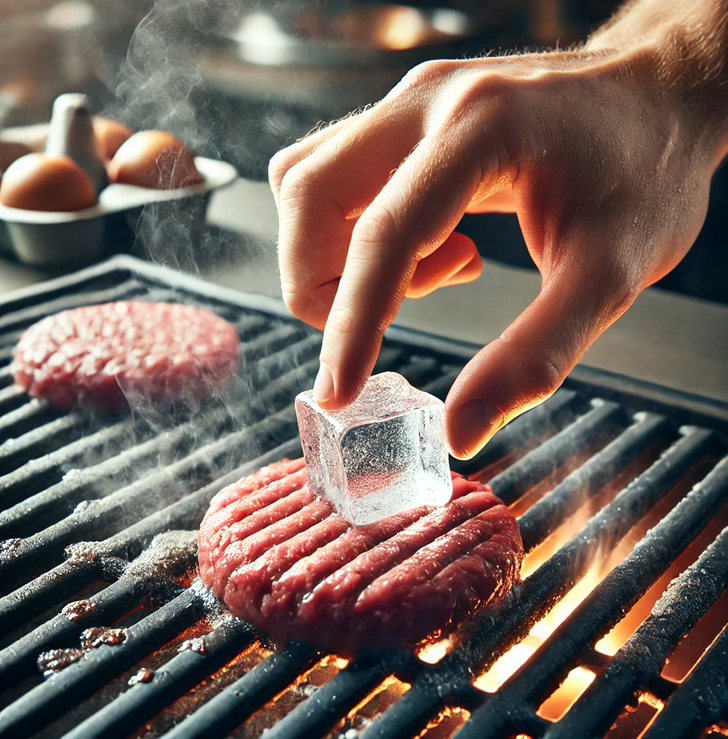
To prevent your grilled patties from drying out, try inserting an ice cube into the center of each patty before cooking. As the ice melts, it releases moisture that keeps the meat juicy and tender throughout the grilling process. This simple trick ensures a perfectly moist and flavorful burger every time you fire up the grill.
Knowing what you cook and using simple tricks, like adding an ice cube to keep patties juicy, can make all the difference. Discover more curious cooking tips here!
4 Types of Toxic Cookware to Avoid and 4 Safe Alternatives











